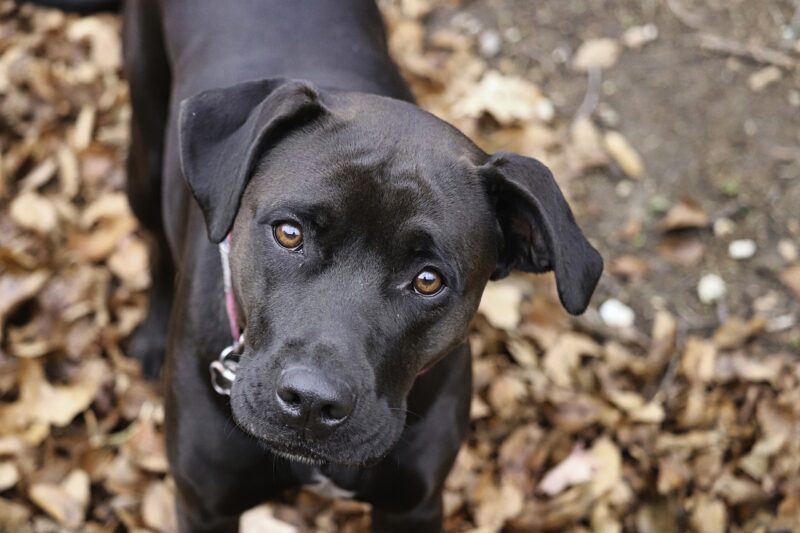Pets on Instagram: How Social Media Changed the Pet Industry
November 19, 2024

In a world increasingly dominated by social media, it’s no surprise that our furry friends have found their own place in the digital spotlight. Instagram, one of the most popular social media platforms, has created a unique phenomenon where pets—from cats and dogs to exotic animals—have amassed millions of followers, influencing trends, products, and even entire industries. This article will delve into how social media, particularly Instagram, has transformed the pet industry, the rise of pet influencers, the implications for marketing, and what this means for pet owners and businesses alike.
1. The Rise of Pet Influencers
It might seem odd, but pets have become influencers in their own right—known as pet influencers. These furry stars are raking in sponsorship deals, merchandise partnerships, and brand collaborations that rival traditional human influencers.
Accounts like @jiffpom (the Pomeranian), @realgrumpycat (the now-late Grumpy Cat), and @smoothiethecat (a stunning cat with a gorgeous face) have millions of followers, drawing attention to various brands and products they promote. These accounts do not just provide adorable content; they have turned into veritable channels for advertising and outreach.
The reasons for this rise are clear:
- Relatable Content: Pets do silly things that resonate with virtually everyone, creating shareable and relatable moments. People love to see pets dressed in outfits, doing tricks, or simply enjoying life. The positive emotions attached to cute pet content boost engagement and shares online.
- Targeted Marketing Opportunities: Brands are leveraging these influencers to reach pet owners directly. With dedicated audiences, pet influencers can effectively promote products tailored specifically for pets, from food to toys to grooming supplies.
- Community Engagement: Pet influencers often create communities among their followers, which strengthens brand loyalty and engagement. Having a pet as part of an online community fosters conversations and connections based on shared interests.
This rise of pet influencers is revolutionizing how brands reach consumers, making pet influence a lucrative niche in marketing strategies.
2. Changing Consumer Behavior
Social media has altered how consumers perceive and select pet-related products. Research indicates that social media recommendations significantly influence consumer decisions.
According to a survey by the American Pet Products Association (APPA), over 70% of pet owners reported trying a new pet product based on social media recommendations. This influence extends to:
- Product Discovery: Social media is a primary tool for discovering new brands and products. Users scroll through Instagram feeds and come across vibrant images of products used or endorsed by their favorite pet accounts. This visual element makes product discovery exciting and engaging.
- Brand Loyalty: Building an online persona not only humanizes brands but also fosters loyalty among consumers. Pet owners often feel connected to brands that actively engage and showcase pets on their social media channels.
- Peer Reviews: Seeing pet influencers use a product acts as an endorsement, creating trust. When a follower sees a popular pet enjoying a product, they tend to trust that brand more, considering it safer and more reliable for their own pets.
As a result, pet brands are increasingly investing in influencer marketing, building campaigns that tap into user-generated content, both to harness existing loyalty and create new narrative-driven approaches.
3. Profiting from Instagram: Brands and Entrepreneurs in the Pet Industry
The pet industry is flourishing, and Instagram is playing a pivotal role. From high-end grooming products to organic pet food and unique pet accessories, social media has reshaped the marketplace where businesses can launch sustainably.
Startups and established brands alike are utilizing Instagram in the following ways:
- Direct Sales: Instagram has expanded its features to allow brands to sell directly through the platform, providing a seamless shopping experience. Users can browse and purchase products all in the app, directly from their favorite pet profiles or inspired shelves.
- Targeted Advertising: With Instagram’s robust advertising tools, businesses can effectively target pet owners through demographic filters and interests. This targeted approach improves the efficiency of marketing budgets and ensures that brands reach potential customers effectively.
- Crowdsourcing Ideas: Brands are using Instagram stories and posts to poll their audience or gather feedback on new products, making consumers feel more involved in the brand’s journey. This practice facilitates a sense of importance and belonging among consumers, often resulting in more vigorous brand commitment.
Pet entrepreneurs capitalize on these trends. From custom pet portraits to unique subscription boxes filled with toys, treats, and other pet essentials, the @millennialpet based brand movement is a testament to the new age of pet entrepreneurship inspired by social media.
4. Building Communities: Beyond Product Promotion
One of the most significant impacts of Instagram in the pet industry is the community it fosters among pet owners. More than just a platform for promotion, Instagram provides a space for interaction, connection, and the sharing of experiences:
- Support Groups: Pet owners often share tips, advice, and experiences that serve as support for others. For instance, dog owners facing behavioral issues can find guidance from others who overcome similar situations, creating a sense of camaraderie.
- Rescue and Adoption Initiatives: Many pet rescue organizations utilize Instagram to showcase adoptable pets, share success stories, and mobilize community efforts. Instagram has become an essential tool in advocating for animal rights and adoption awareness, significantly impacting rescue efforts. By showcasing the personalities and quirks of adoptable pets, these organizations can effectively attract potential adopters.
- Trends and Events: Instagram enables wide-reaching connections among pet lovers, leading to events like ‘National Pet Day’ where many pets are celebrated online. This unified presence helps drive awareness for animal welfare and showcases the unique bond shared between pets and their owners.
This sense of community thrives in an interconnected social media landscape and highlights an emerging culture centered around pets—a culture that influencers and brands now play a significant role in shaping.
5. The Future of Pets on Social Media
As Instagram continues to evolve, the intersection of pets and social media will expand even further. Future trends may include:
- Augmented Reality (AR): With features like AR filters, pet-centric brands and influencers might create unique experiences, allowing users to visualize pet products in their environments before purchase, enhancing engagement and conversion rates.
- Increased Focus on Mental Health Benefits: As more research reveals the benefits of pet companionship for mental wellness, content highlighting these aspects through inspirational stories and visuals could dominate feeds.
- Sustainable Pet Products: Growing awareness of environmental issues may see a rise in brands showcasing their eco-friendly practices or products aimed at minimizing pet ownership’s ecological footprint.
In conclusion, Instagram has reshaped the pet industry in profound ways—giving rise to pet influencers, changing consumer behavior, and fostering communities among pet owners. As we move further into the digital age, the connections and commerce formed around our pets will only grow. The future of pet ownership and pet-centric businesses will continue to be vibrant, exciting, and above all, heavily influenced by the paws with the biggest social media followings.







